Avalanche Transceivers, Go Pros, electronic devices and interferences
Avalanche transceivers save lives. But what happens when those avalanche transceivers suffer from signal interference?
In today’s ultra-connected world of ubiquitous cell phones and GoPros, interference from consumer electronics has become a real concern to both transceiver manufacturers and backcountry operations. It’s been common knowledge for decades that pieces of metal like shovel blades and even foil wrappers can create disparities in transceiver signals. But electronic devices – particularly ones that continuously run with a screen, wi-fi or bluetooth signal – are even more prone to reducing both the SEND and SEARCH signal ranges of a transceiver.
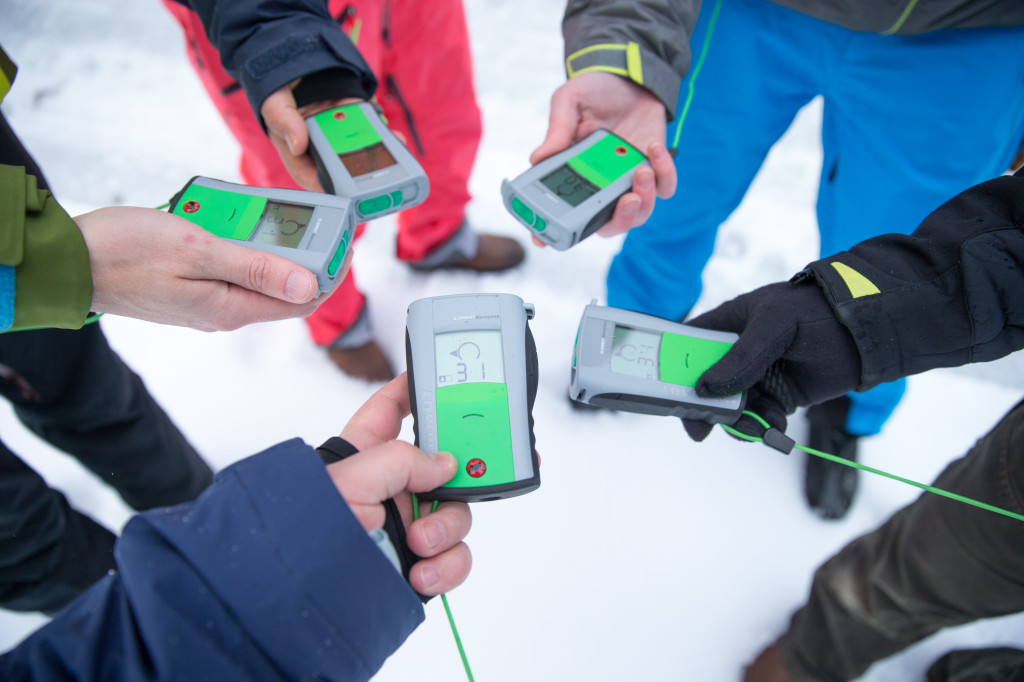
Rules of Thumb
Here at Last Frontier Heliskiing we follow a set of guidelines based on industry research into avalanche transceiver interference:
- Minimum distance. All devices must be at least 20cm away from a transceiver in SEND mode and at least 50cm away in SEARCH mode. This applies regardless of whether the phone is on, off or in airplane mode
- GoPro and other POV cameras are allowed during heliski operations but only helmet mounted or on a pole. Chest mounts or WiFi/phone pairing functions are prohibited.
- Electric heater gloves are also prohibited as they seriously interfere during the transceiver’s SEARCH mode.
- Bluetooth and Wifi options on DSLR Cameras must be turned off.
- Drones are not allowed during heli operations or around the lodge. Let us do all the flying you need in a proper helicopter!
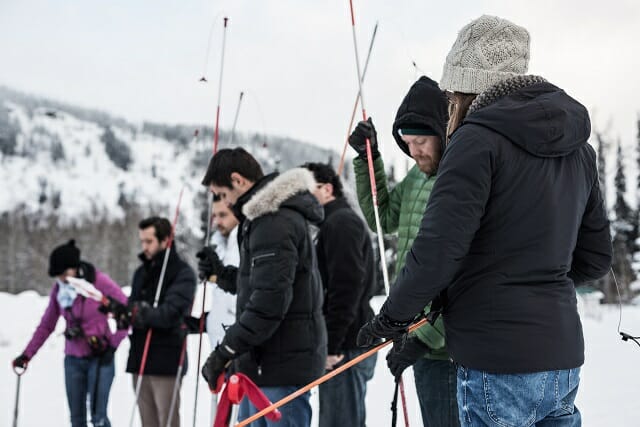
So in practical terms, if you bring your smartphone or digital camera to document your heliski experience, try to keep these devices in a pants pocket if possible. Remember all electronic devices should be treated the same regardless of whether they have displays or their own wireless signal. That means headlamps and radios as well.
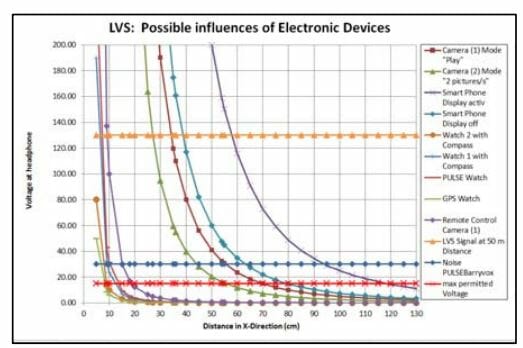
In fact, any metallic item like a pocket knife, carabiner or candy bar wrapper should also have the minimum 20cm distance from your transceiver, so keep these in your pack. Some transceivers contain a magnetic compass to speed up direction indications during search, so avoid wearing a jacket with magnetic buttons.
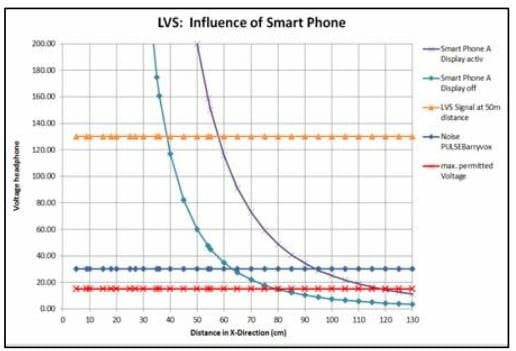
For a full technical report on the subject, take a look at the paper titled “The Effect of Consumer Electronics on Avalanche Transceivers” by Erwin Meister ans Ilari Dammert from the 2014 International Snow Science Workshop.
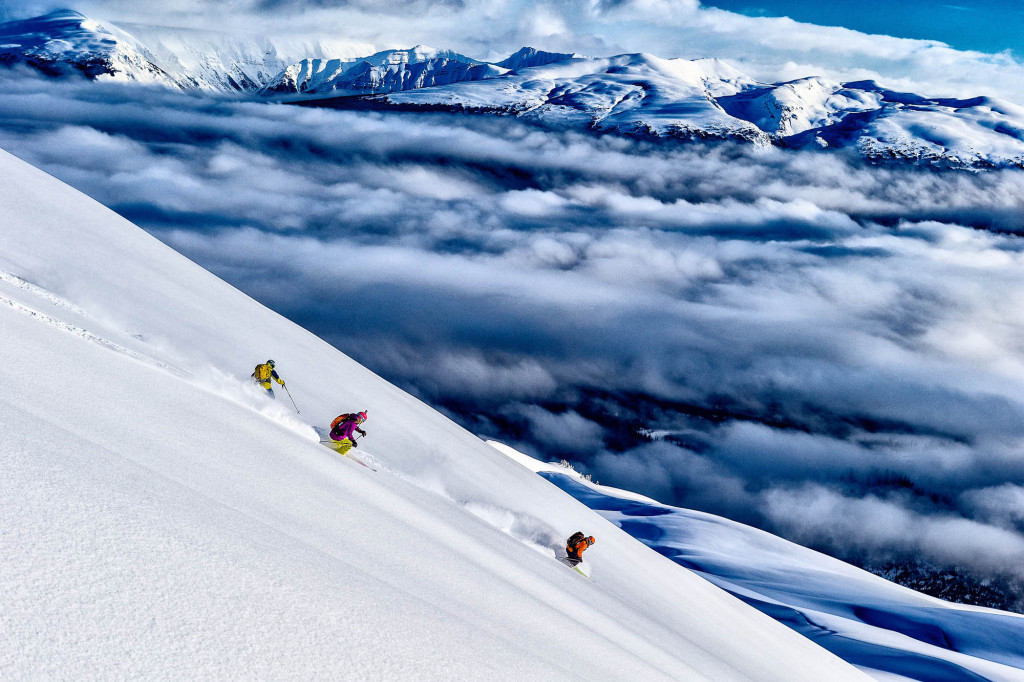
Photo: Grant Gunderson
Safety is of paramount importance for us, in order to provide a reliable and enjoyable experience during each and every trip. For more information on how we keep our guests safe, check out our Safety and Gear pages.


